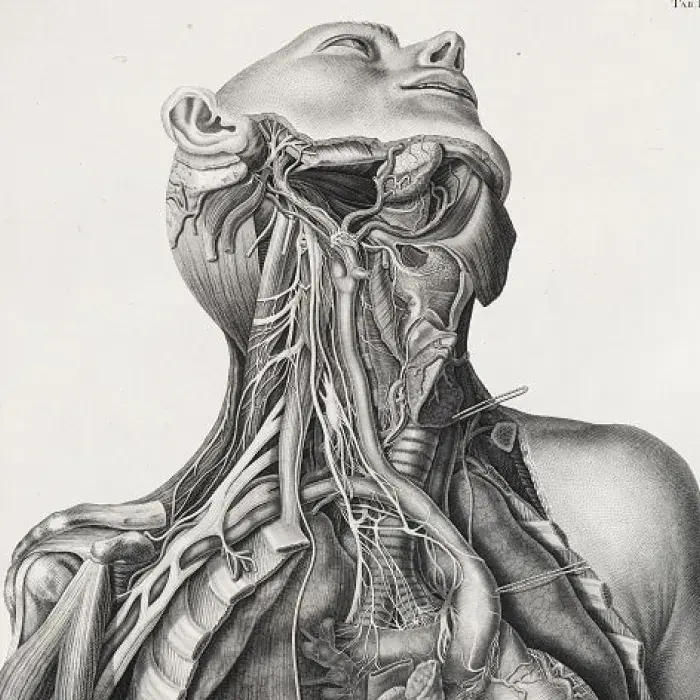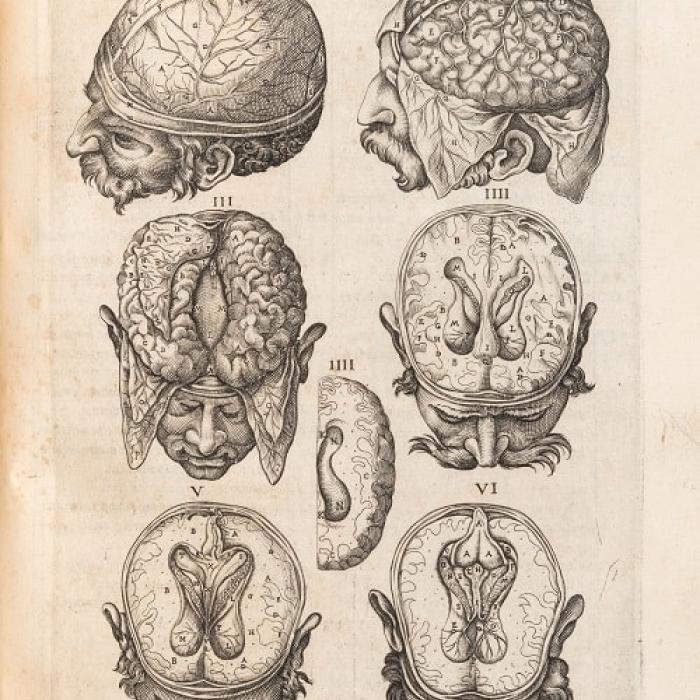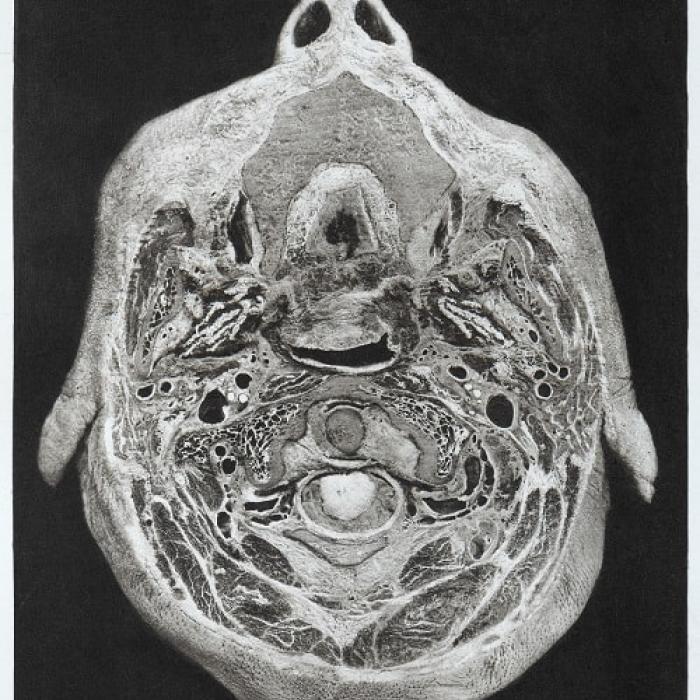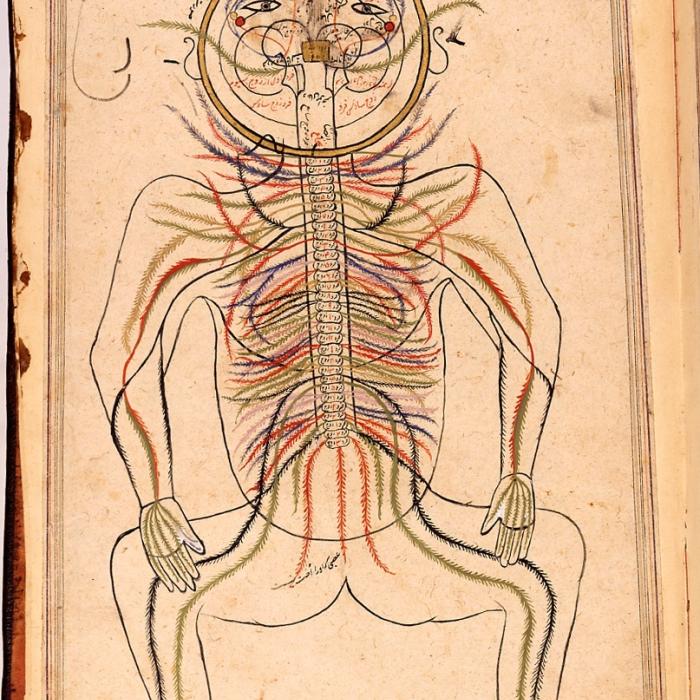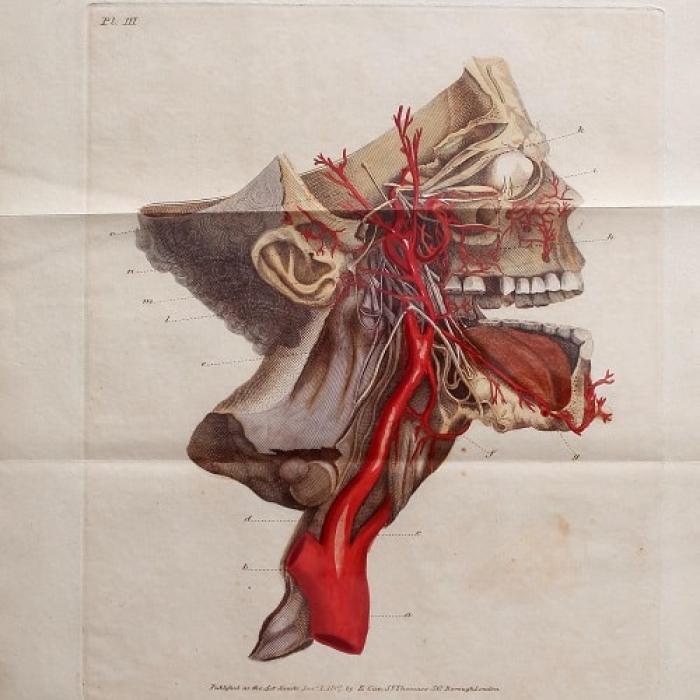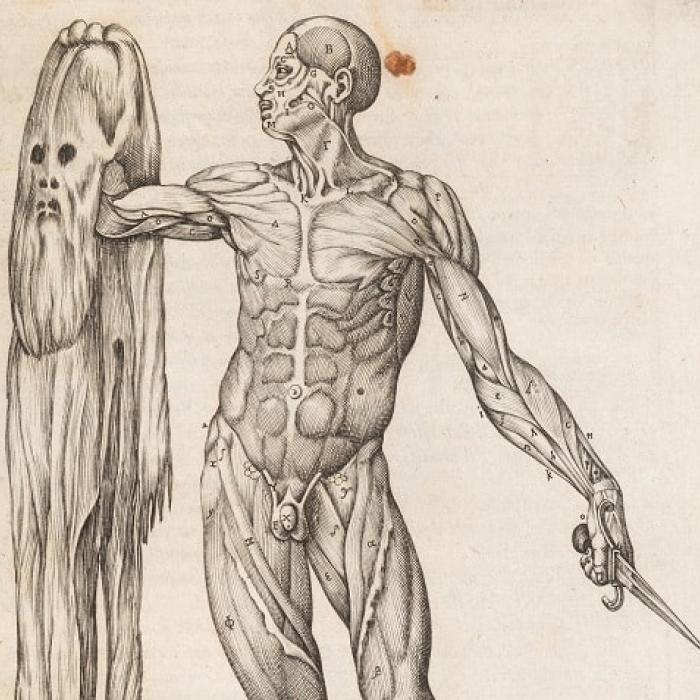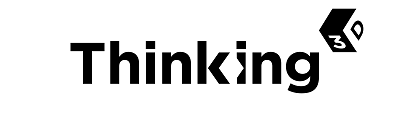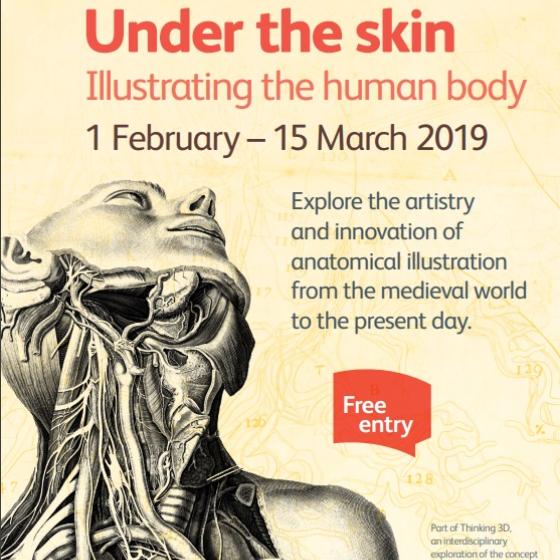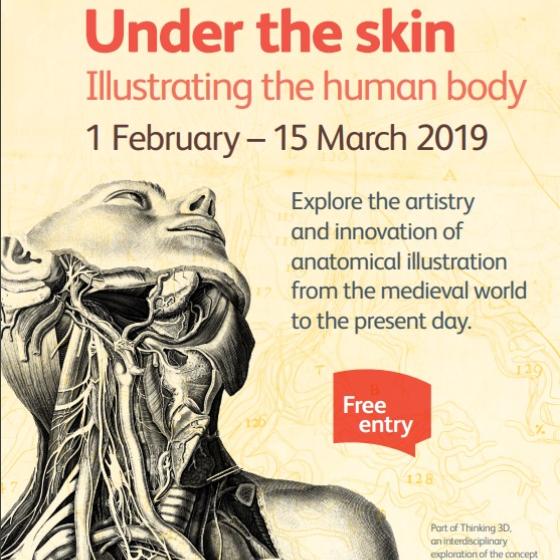More information
Related pages
Under the skin: the bodies behind the pictures
Exhibiting illustrations of human anatomy raises questions about the ethics of dissection and display in the history of medicine.
Katie Birkwood
Under the skin and colouring in: a new exhibition at the RCP
A new ‘pop-up’ exhibition explores the marvels of several centuries of anatomical illustration in the RCP collections.
Katie Birkwood



